Carbon Offsets Development
How carbon offsets are generated
Carbon offsets are generated through projects that reduce or prevent carbon emissions. These projects can be in developed or developing countries, but the majority of offset projects are located in developing countries. This is because these countries have the potential to make the biggest reductions in carbon emissions, and they also need the financial assistance that offsetting provides.
What is an example of a carbon offset?
One example of a carbon offset project is a wind farm. The wind turbines produce renewable energy that displaces energy from traditional sources, such as coal-fired power plants. This reduces the amount of carbon dioxide emitted into the atmosphere. Another example is a project that captures methane gas from a landfill and converts it into renewable energy. Methane is a powerful greenhouse gas, so capturing it prevents it from being released into the atmosphere.
What is carbon offsetting and how does it work?
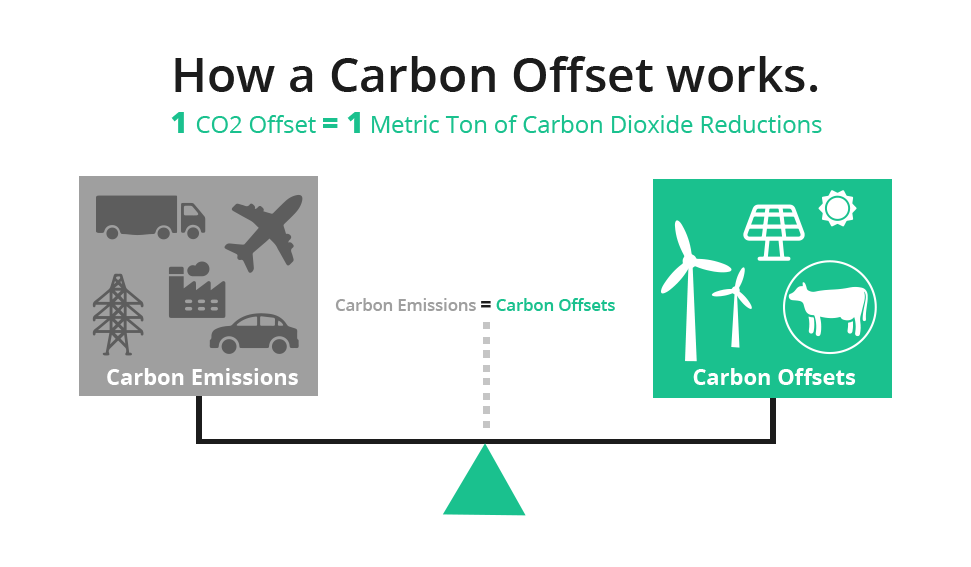
Carbon offsetting is a way for individuals and organizations to reduce their carbon footprint. It works by allowing people to purchase carbon credits, which are then used to finance carbon offset projects. The idea behind this is that if everyone participates, it will help to reduce global greenhouse gas emissions.
Why are carbon offsetting projects in developing countries?
One of the most important ways that developing countries can reduce their emissions is through carbon offsetting projects. These projects help to reduce greenhouse gas emissions by capturing and destroying CO2, or by preventing emissions from happening in the first place.
There are a number of reasons why carbon offsetting projects are often located in developing countries. Firstly, these countries have a lot of potential for growth in terms of renewable energy sources and green technology. Secondly, many developing countries are already experiencing the effects of climate change, so they are motivated to take action to reduce their emissions.
Finally, many developing countries lack the infrastructure needed to support large-scale carbon offsetting projects. This means that there is room for growth and development in this area, whichcan help to improve the local economy.
carbon offset projects
An example of a carbon offset project is the installation of wind turbines in India. The turbines generate clean energy, which helps to reduce greenhouse gas emissions. Additionally, the project creates jobs and supports the growth of the local economy.
How do carbon offsets work, carbon offset price & How to purchase carbon offsets
Carbon offsetting is a process by which companies or individuals can purchase credits to offset their own greenhouse gas emissions. These credits are then used to fund projects that reduce emissions elsewhere.
The process of carbon offsetting can be quite complex, so it is important to understand how it works before you decide whether or not to participate in it. In general, carbon offsets work by measuring an individual or company’s emissions, then calculating the number of carbon credits needed to offset them. These carbon credits are then purchased from a carbon offset organization, which uses the money to fund carbon offset projects.
The basic idea behind carbon offsets is that you can reduce your carbon footprint by investing in projects that sequester or reduce emissions of carbon dioxide (CO2). For example, you can purchase carbon credits from a project that captures CO2 from an industrial plant or replaces traditional fuels with renewable energy sources.
Why carbon offsets don’t work
There are some drawbacks to carbon offsetting. One issue is that it can be difficult to track the emission reductions generated by individual projects. In addition, offsets don’t always represent a real reduction in greenhouse gas emissions. This is because they can be bought and sold on the open market, which means that they can be used to “offset” emissions that would have taken place anyway.
1) The problem with this system is that it often does not lead to genuine environmental improvements. Many carbon offset projects are simply used to greenwash industrial emissions, and do nothing to address the root causes of climate change. Additionally, even well-intentioned projects can have negative impacts on local communities if they are not carefully managed. For these reasons, it is important to be wary of any company or individual that claims to be “carbon neutral” through the use of carbon offsets.
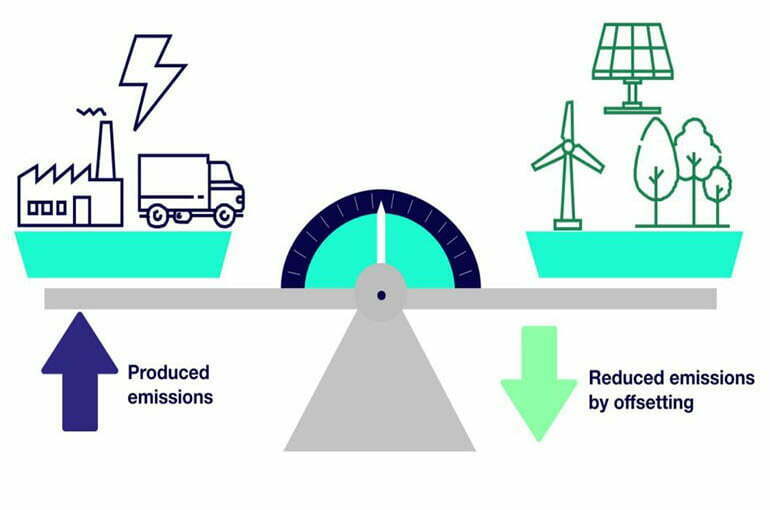
2) There are also concerns about the accuracy of carbon offset measurements. It can be difficult to accurately measure the emissions of an individual or company, especially when it comes to activities like travel. As a result, it is possible for someone to purchase carbon offsets that do not actually result in any reductions in emissions.
3) Another issue with carbon offsets is that they can be quite expensive. The average price of a carbon credit is around $10, but prices can range from a few cents to more than $100 per credit. When you add up the cost of all the credits required to offset an individual’s or organization’s carbon footprint, the expense can be significant.
4) Another issue with carbon offsets is their potential to create a “carbon bubble.” This happens when investors pour money into projects that reduce emissions, driving up the price of carbon credits even further. If the global economy shifts away from fossil fuels and these projects become less viable, the bubble will burst and investors could lose a lot of money.
5) Finally, many people object to the idea of carbon offsets because they believe that it lets polluters off the hook. If a company buys carbon offsets, it can continue to emit greenhouse gases without penalty, and the responsibility for reducing emissions falls on someone else. Some people argue that offsets are just a way to greenwash dirty industries, and that they don’t actually do anything to combat climate change.
All of these factors make it clear that carbon offsets are not a perfect solution to climate change. However, they can be a useful tool if they are used correctly. When approached with caution, carbon offsets can help individuals and companies reduce their environmental impact and support sustainable development projects around the world.

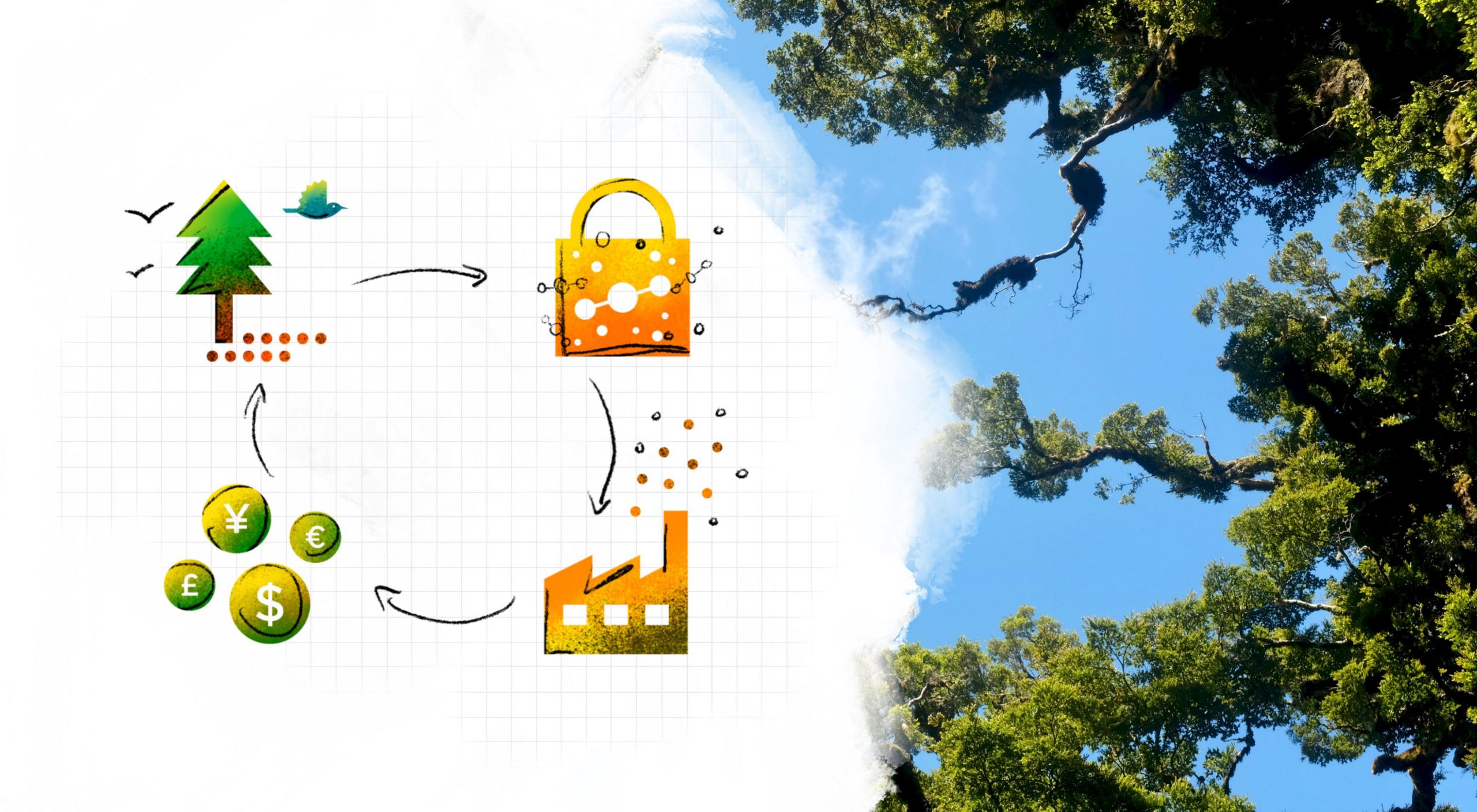

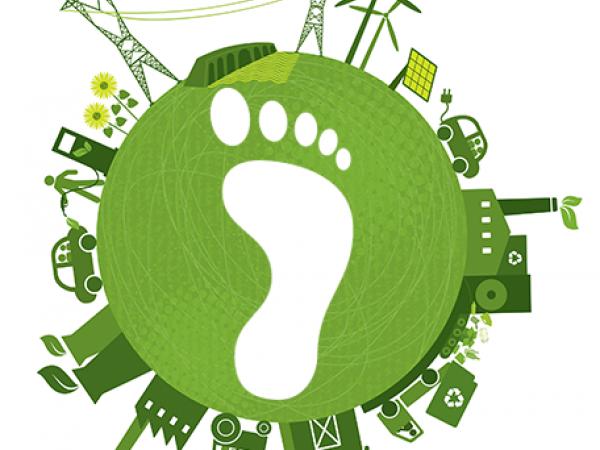

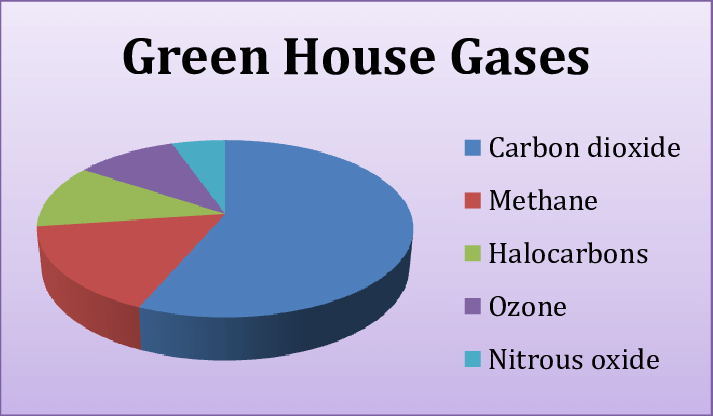


I was very pleased to uncover this site. I wanted to thank you for ones time for this particularly wonderful read!! I definitely liked every bit of it and I have you bookmarked to see new stuff on your blog.